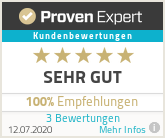HOW DOES THE PRODUCTION OF AN EXPLANATORY VIDEO WORK?
This text is about an animated 2D explanatory video, as this format is by far the most popular. After each production step there is a fixed number of correction phases. The basic breakdown of an explanatory video production is as follows:
- Consulting and briefing
- Definition of objectives and target groups
- Concept and styleframes
- Storyboard and, if necessary, speaker's text
- Umsetzung der Animation und des Motion Designs
- Voiceover and sound recording
- Delivery of the relevant data
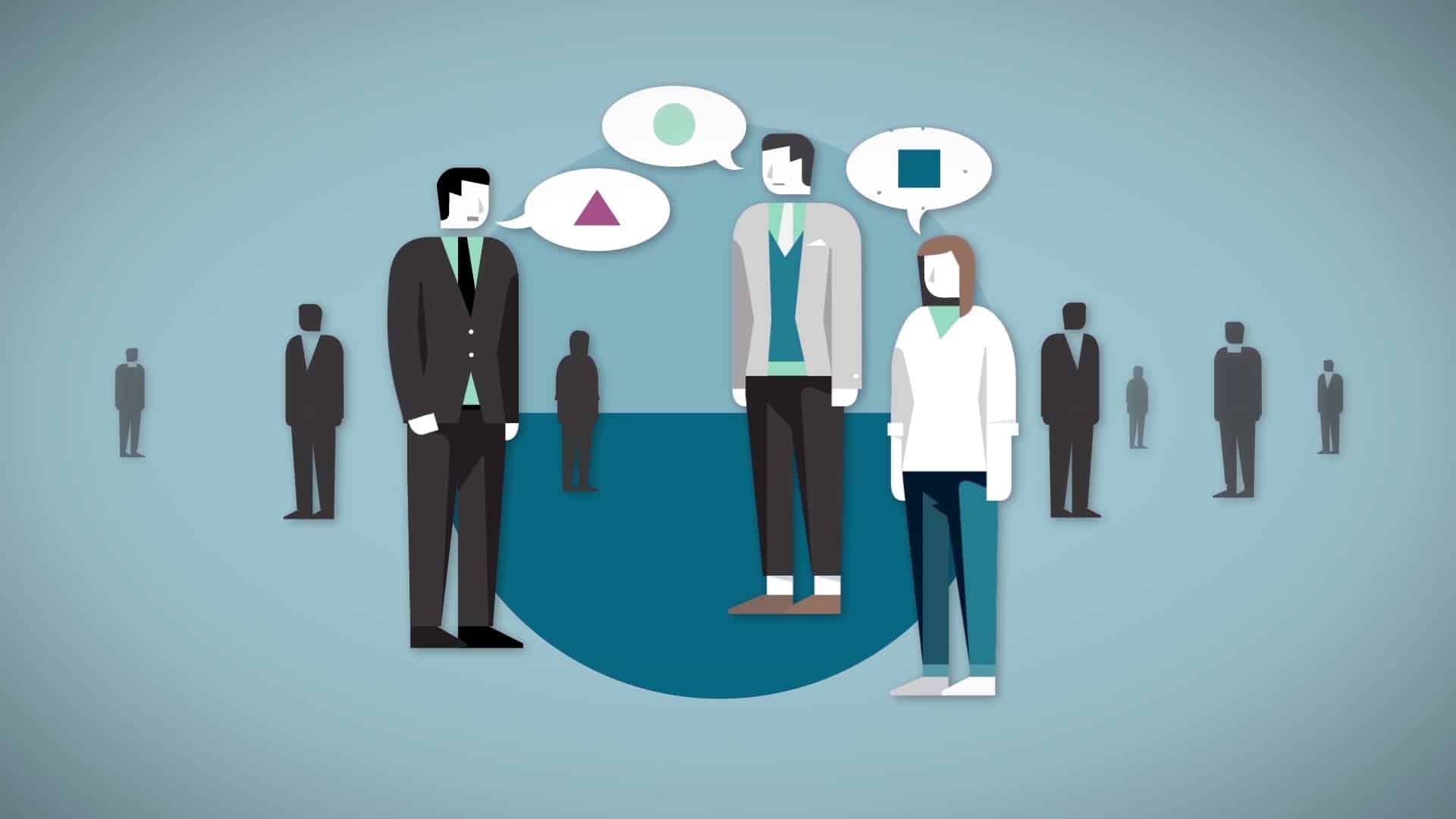
Frame from the explanation video Infinity 236
Consulting and briefing
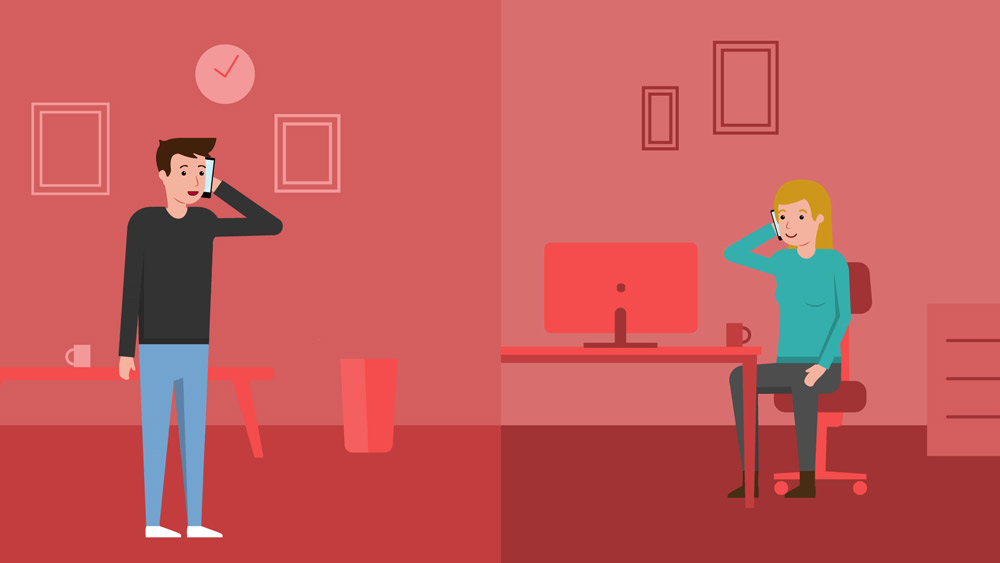
At the beginning of each project is a conversation with the customer. Essential questions are clarified. Who is the video for? What defines this target group? Is the video rather watched on laptops or smartphones? Should the video also be used at trade exhibitions? And much more. Research in advance is extremely important. It must be determined exactly who is watching the film and where. A clear message must also be formulated. Furthermore, the customer must be aware of what he wants to achieve with the video. Only when these questions have been clarified can a precisely communicating explanatory film be created. However, general conditions such as the budget and the production schedule must also be defined.
Definition of objectives and target groups
The target group identified in the briefing is further analysed by me: how much prior knowledge does the target group have? How old is the majority of the target group? What does the target group like? Research is also done on the competition. How can you stand out? These are questions that determine the success of the project.

Concept and styleframes
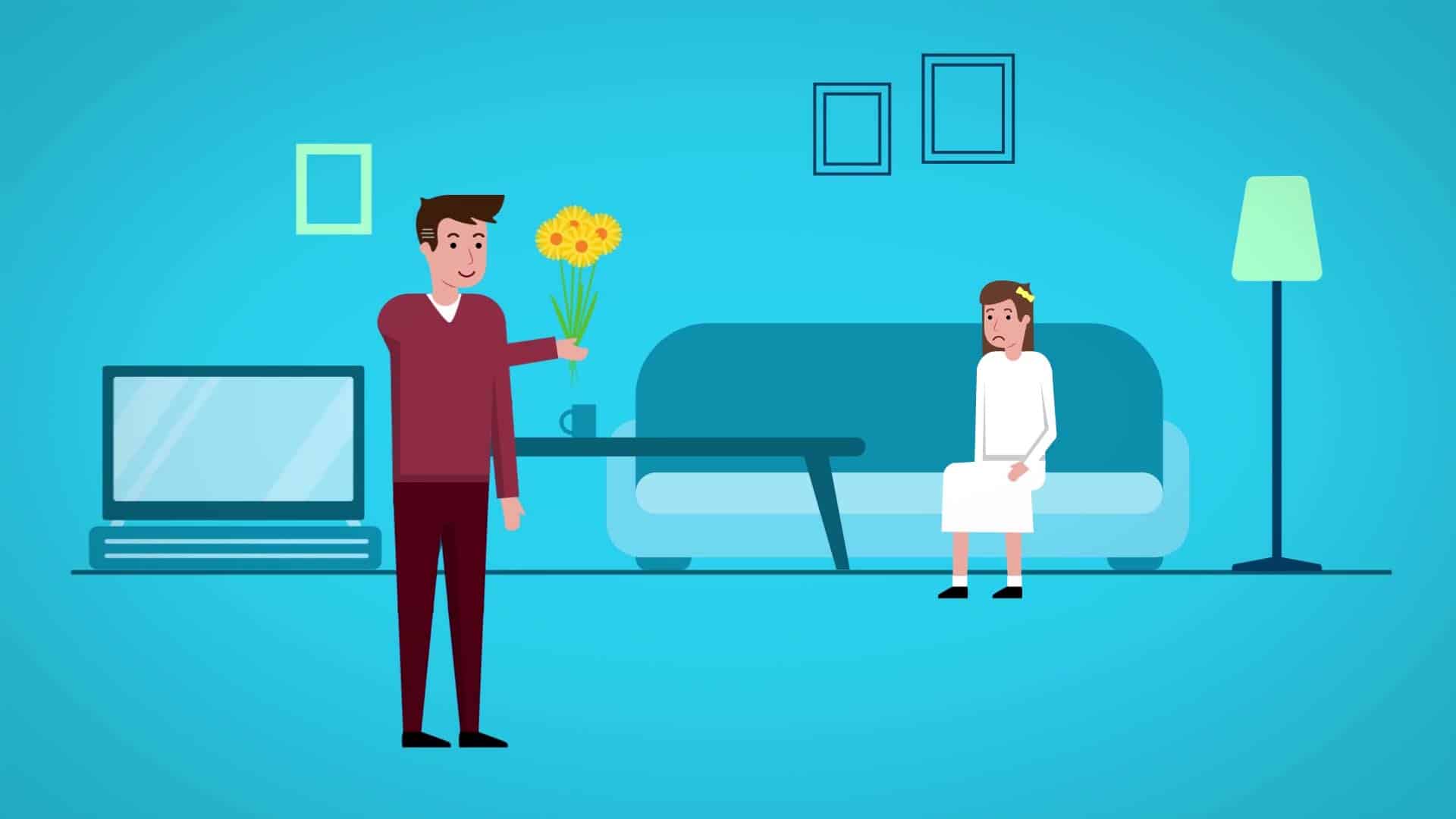
Example of a style frame
On the basis of the collected information I develop a concept in text form. In addition to the text concept, so-called styleframes are created. Styleframes are images that represent the visual design of the film. With the text concept and styleframe the customer can get an impression of how the film will look and function in the end. Why not create a storyboard right away? If the customer already has a very precise idea of the film, both on a conceptual and visual level, this step can also be skipped. The latter is the case, for example, if it is a continuation of a video series and accordingly a large part of the design questions have already been answered. However, since this step does not require additional time and therefore does not incur any additional costs, I recommend it in most cases. Just imagine I create a concept and a whole storyboard that goes in the wrong direction. Then the storyboard creation has to start all over again, which would cause additional costs. If the text is not supplied by the client, first draft texts are also presented.
Storyboard and, if necessary, speaker's text
Once the customer is satisfied with the concept and the styleframes, work on the storyboard begins. A storyboard contains the most important scenes of the film as illustrations. In addition, narration text, scene descriptions and, if necessary, comments are collected. Speech samples are also sent to the client and the planning of the voice recordings is started.
Why not start animation immediately? The answer is simple. Changes in the storyboard can still be implemented relatively quickly. Changes to already animated films are often very time-consuming and drive up costs. Therefore a well elaborated storyboard is important to get a good impression of the film before the animation. You will surely already recognize a pattern here. The later in the production process, the more difficult it is to implement changes. That doesn't mean, however, that changes at the end of the project are no longer possible. Almost everything can be changed at any time during the production (this does not apply to real film!). It can happen, however, that very late essential changes are associated with additional costs.

Animation and motion design
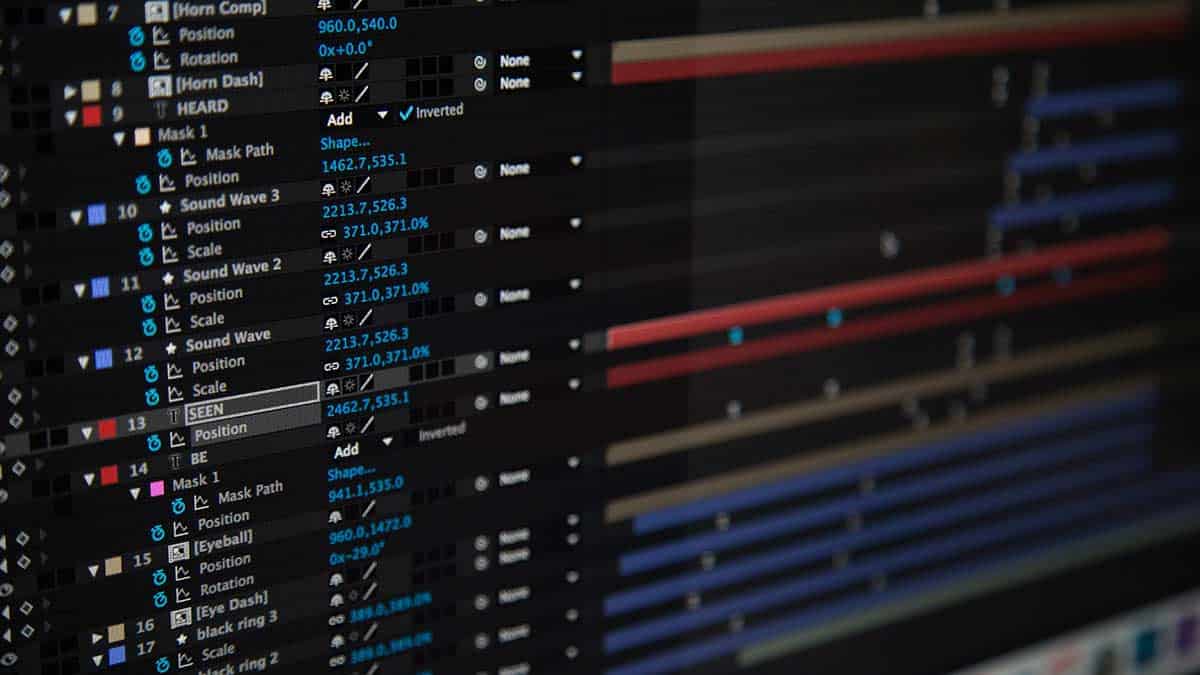
As soon as the customer has approved the storyboard, the animation starts. With the text concept and styleframe the customer can get an impression of how the film will look and function in the end. Why not create a storyboard right away? If the customer already has a very precise idea of the film, both on a conceptual and visual level, this step can also be dispensed with. The latter is the case, for example, if it is a continuation of a video series and accordingly a large part of the design questions have already been answered. However, since this step does not require additional time and therefore does not incur any additional costs, I recommend it in most cases. Just imagine I create a concept and a whole storyboard that goes in the wrong direction. Then the storyboard creation has to start all over again, which would cause additional costs. If the text is not supplied by the client, first draft texts are also presented.
Voiceover and sound recording
Last but not least, the movie gets sound effects and music. Whether music is composed or music is bought on the Internet is entirely up to the customer and his budget. I can gladly accompany you during this decision process. Here the cost-benefit ratio should be weighed up and it should be checked how important it is for the film as a whole. The voiceover artist chosen by the customer has now delivered the voice recordings. These will be placed underneath the video and final adjustments will be made if necessary.
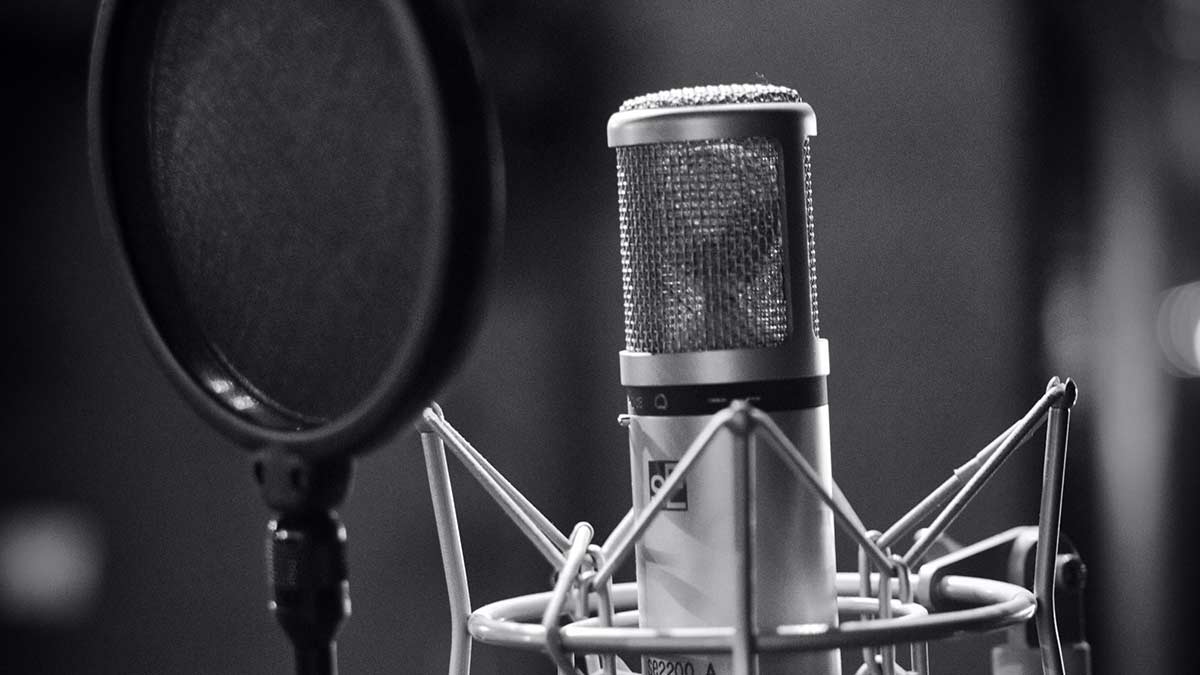
Delivery of the relevant data
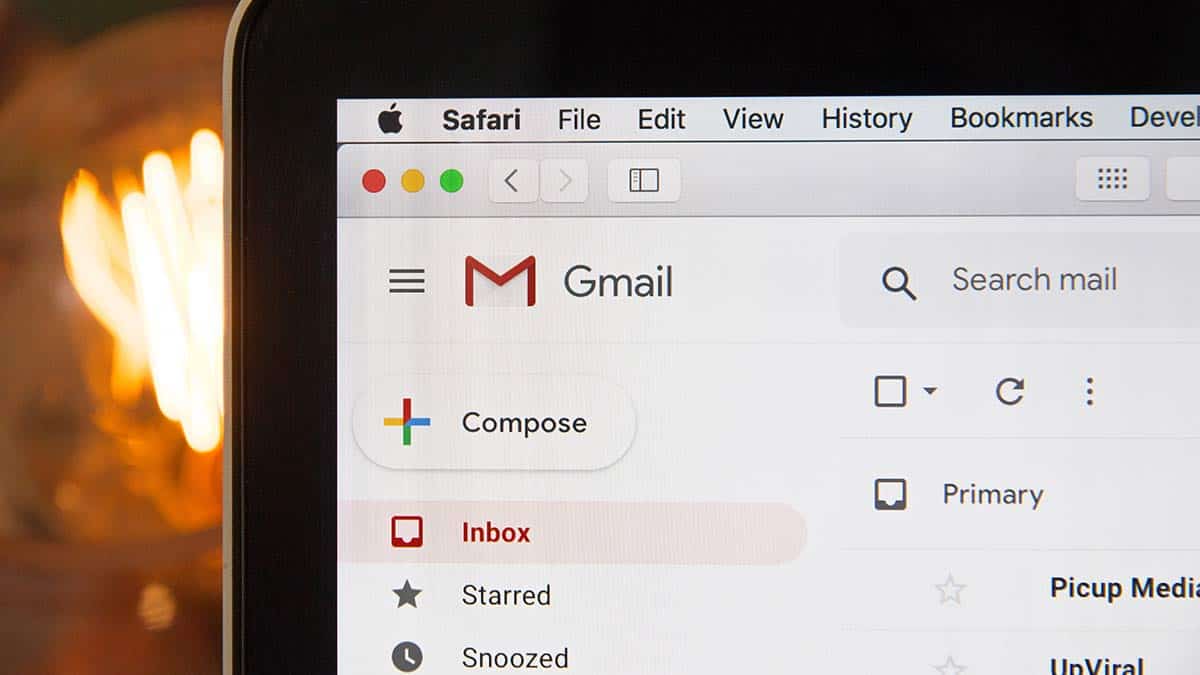
As soon as all parties involved are satisfied with the film, the relevant data is transferred to the customer. Which data this is, has to be clarified in advance. If the customer wants to have the open files, this must be discussed in advance, as it will lead to additional costs. In Germany, by law, designers sell royalties for the designs they create and not the open files themselves. Rights of use can be a very complex and complicated issue. They can be limited, for example, by place or time. Since the majority of the films I produce are also shown on the Internet, I have decided to sell the rights of use without restrictions. The latter is also marked on the offer and invoice.
CONVINCED?
THEN CONTACT ME.
I will be happy to advise you and we will find the right way to communicate your content in a focused and efficient way. No matter if it is an explanatory film, image film or product video.
+49 176 4011 4893
info@christofgoers.de
Christof Görs
Motion & Communication
Greifswalder Str. 211
10405 Berlin
Styles:
Graphical
Isometric
Flat style
Live-action film
White board
Pixel art
Hand drawn
Friends
Miriam Barton
Ole Sturm
Konstantin Reinhart
Andreas Melcher
Areas of use
Explanatory video
Explanatory film
E-Learning
Image film
Product video
Recruiting video
Advertising film
Music video
Social media video
App video
Exhibition film
Internal communication

